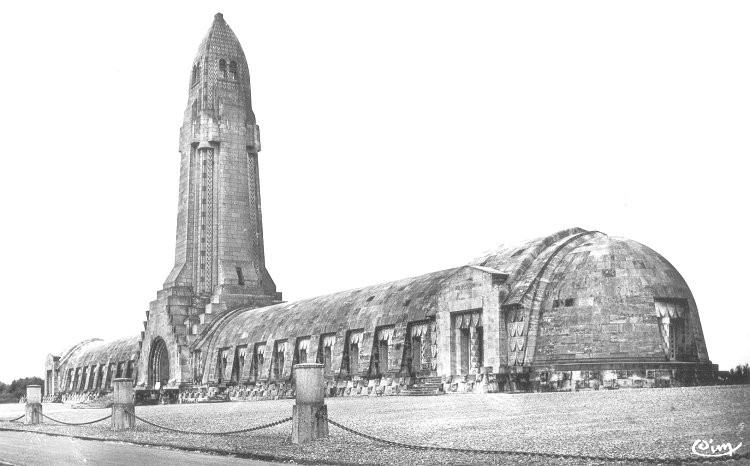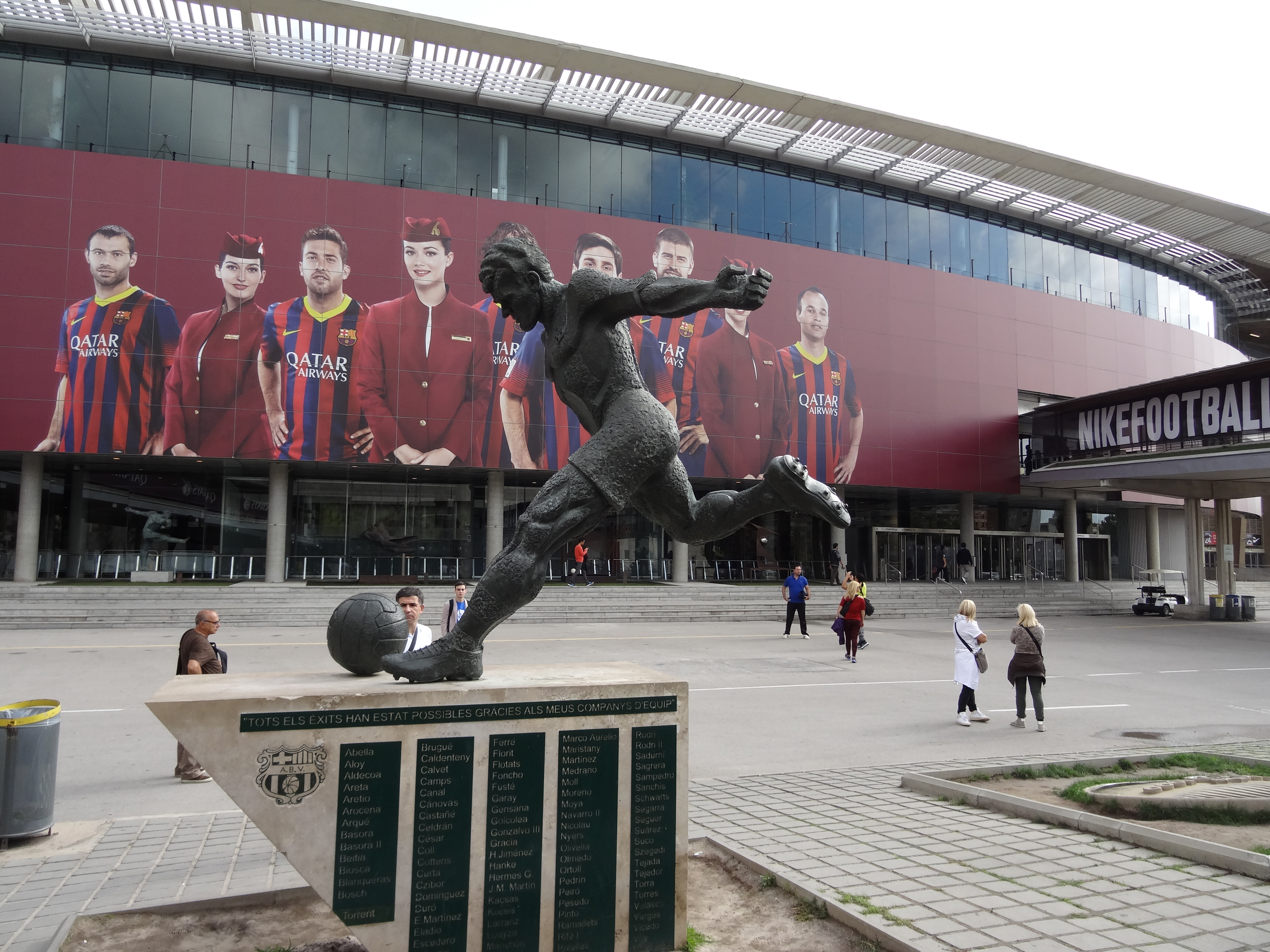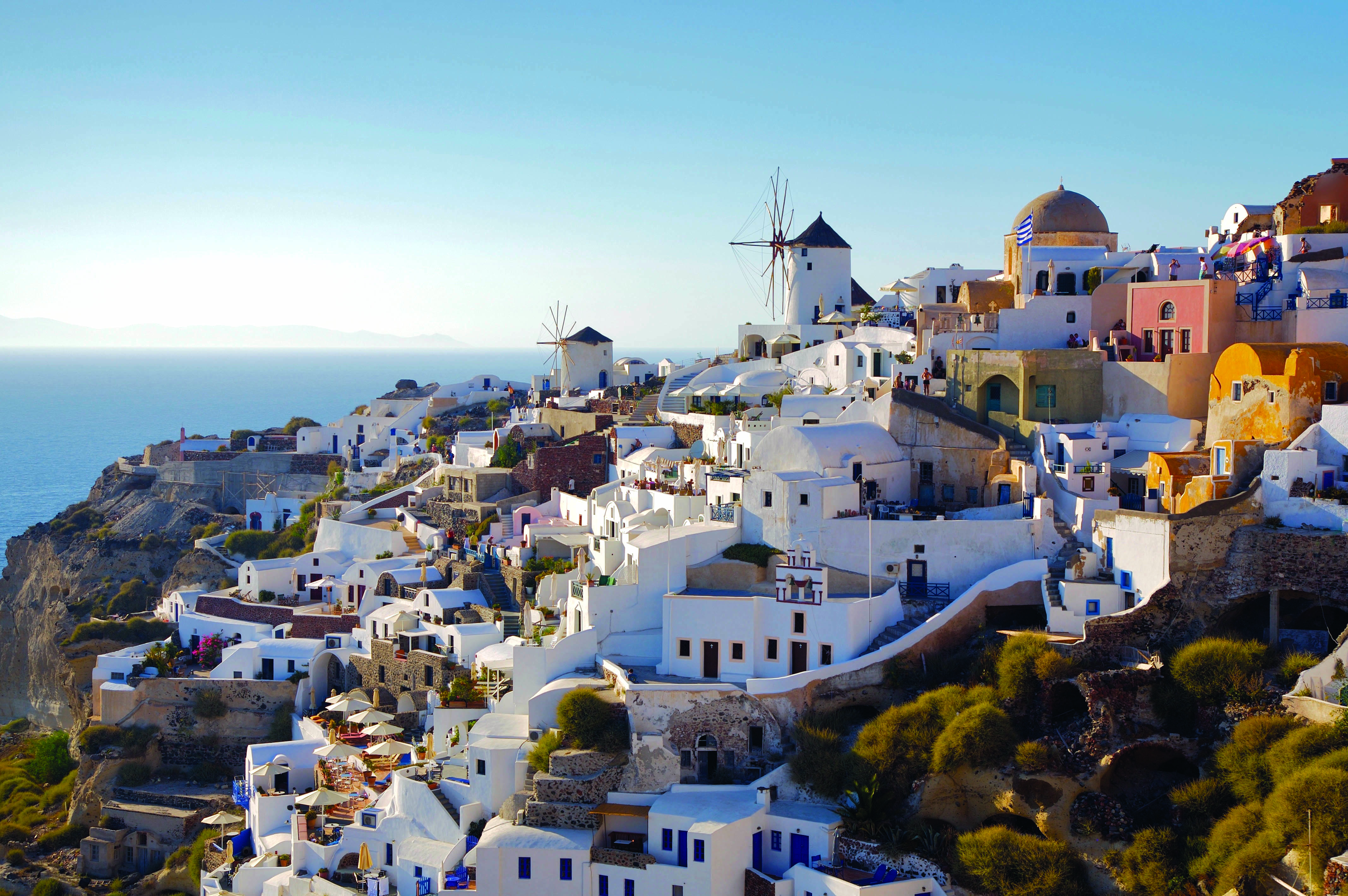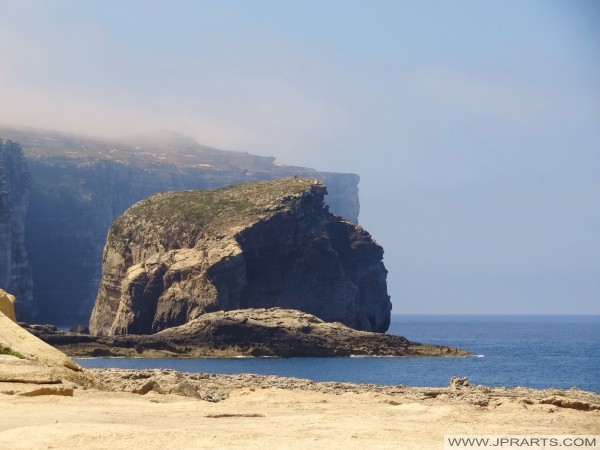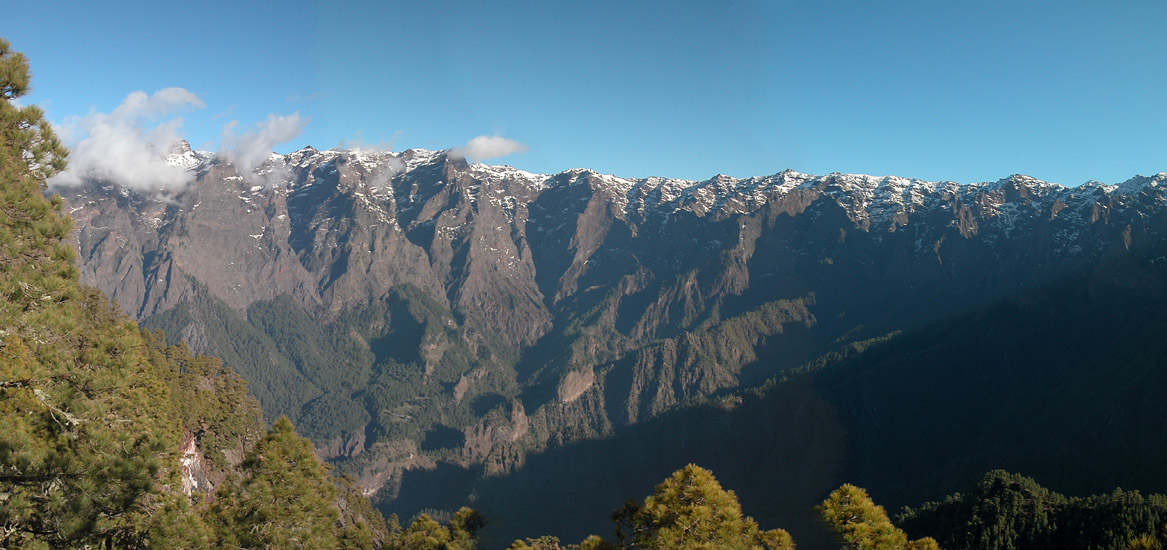During the Battle of Verdun, there were many casualties on both sides. Sometimes the bodies could be identified immediately, and buried after that, but a lot of the times, this was impossible. Often the bodies were so maimed that they could not even tell if it was a French or a German soldier. After the battle of Verdun had ended, all the small remains that still remained on the battlefields, were collected so that these soldiers were also given a final resting place.
| Lol Travel Momondo Viator | Booking.com cheapOair OneTravel |
Click Travel Agencies to see the providers in other countries
In 1919, not far from Fort Douaumont, a wooden shed was built, in which the bodies of unidentified soldiers were stored in wooden boxes. A French bishop named Mgr. Ginisty began a campaign to raise funds for a permanent resting place for the soldiers. In August 1920 the first stone for this was laid by French Marshal Petain. The Douaumont Ossuary was opened 12 years later by French President Lebrun on August 7, 1932.
The monument is 137 meters long and the facade is decorated with the coats of arms of the municipalities that have contributed to the building. The monument looks like the hilt of a sword that is inserted into the earth as a symbol for ending the conflict. The 46 meter high tower was built in the shape of a grenade.
At the top of the tower houses a bronze bell and a searchlight that scans the battlefields in a symbolic way for the soldiers who have still not been recovered. Inside the two courses of the monument there are several tombs where the bones of unidentified soldiers are located.
In the niches the sectors are shown of the battlefield where the bones were found. On the walls the names of the missing soldiers are engraved. At the back of the monument there are windows through which the bones can be seen.
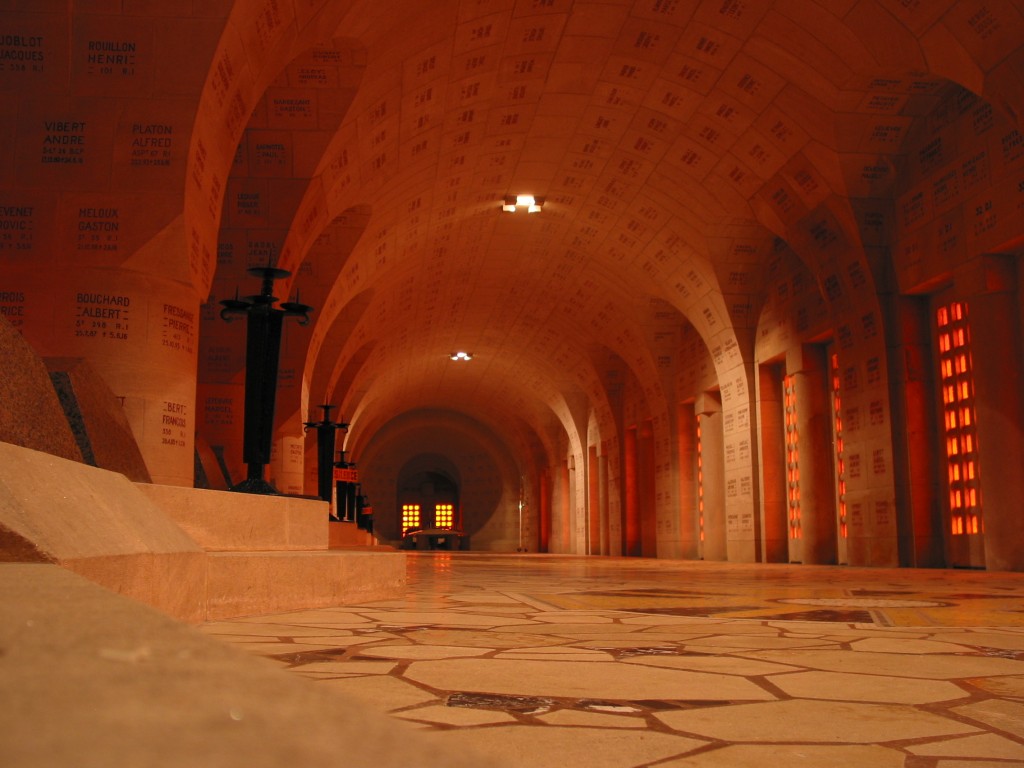
Because there were many problems with the identification of the remains, it was decided to accommodate both French and German soldiers in the tombs, although it was first thought to only place the remains of French soldiers there. It is estimated that the remains of at least 130,000 soldiers are in the tombs of the monument.
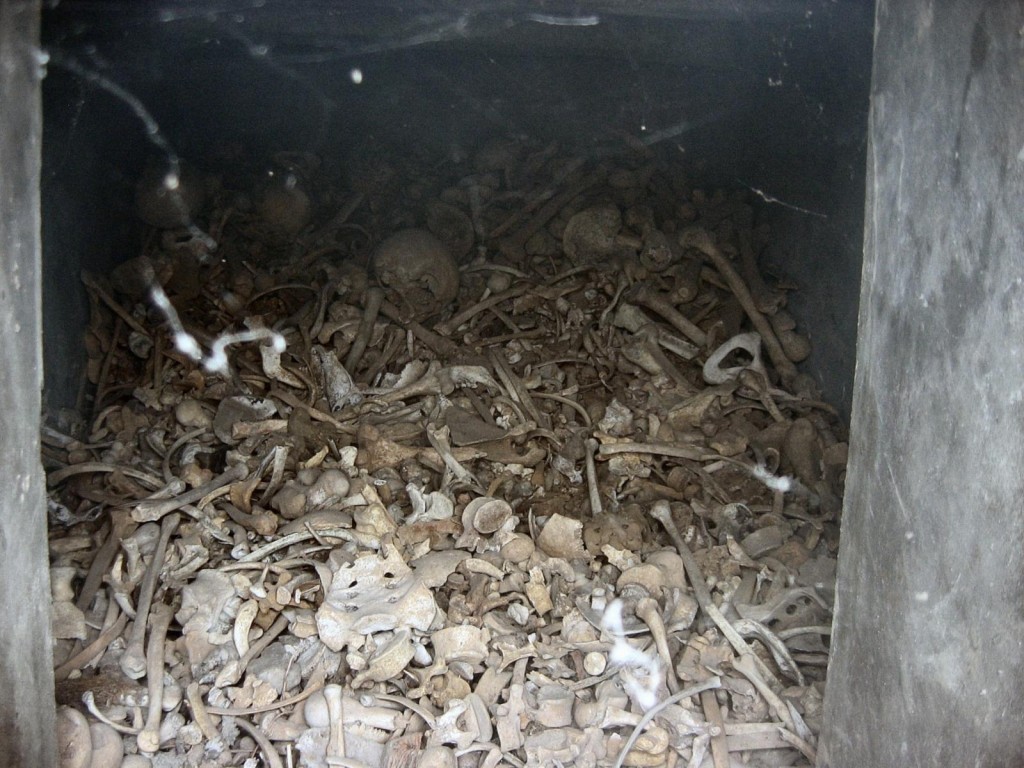
In front of the monument, is the largest French military cemetery in the Verdun region. There are 15,000 soldiers buried there. On most of these tombs, there is a cross with the available data from the soldier. The French army also had Muslim soldiers who died at Verdun, and for these soldiers there is a separate cemetery bearing columns directed towards Mecca. On the other side of the cemetery, there is a memorial wall for all French Jewish soldiers who died at Verdun. When we visited the cemetery last year, we were humbled by the sheer size of it.
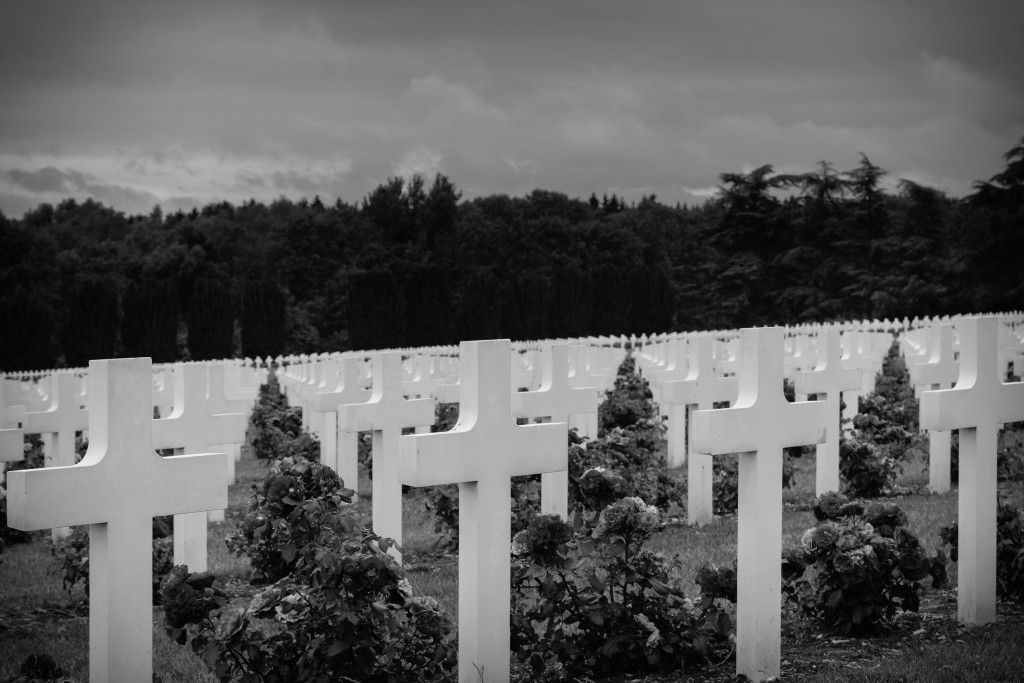
Want to visit the Douaumont Ossuary yourself? Book your travel at France holidays.

